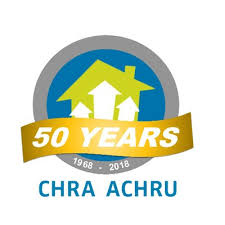Change Management
Social Housing Embraces New Technology
An amalgamation of several housing firms presented a unique challenge for one of Canada’s largest social housing providers. Each faction brought its own technology, workflows and data. After nearly two decades of managing disparate systems, it was time for a change. Host Tarun George, manager of Strategic Partnerships and Development, Ontario Non-profit Housing Association (ONPHA) […]






